Shoulder dislocation can be treated through manual reduction, surgical reduction, immobilization, medication therapy, rehabilitation training, and other methods. Shoulder dislocation is usually caused by trauma, joint laxity, muscle imbalance, congenital factors, degenerative diseases, and other reasons.
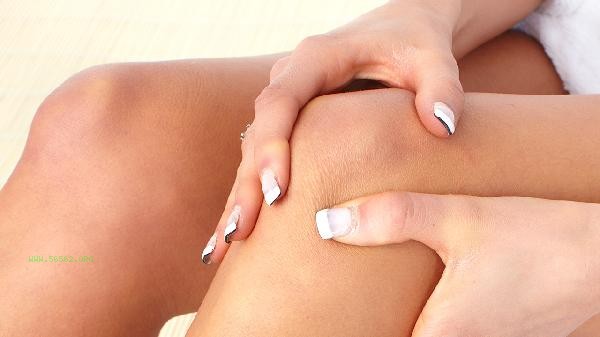
1. Manual reduction
Manual reduction is the preferred treatment method for shoulder dislocation and is suitable for most patients with acute dislocation. Common methods include Hippocrates' method, Kocher's method, abduction traction method, etc. Doctors will choose appropriate techniques based on the type of dislocation, and the reduction operation under local anesthesia or sedation should be gentle to avoid secondary injury. After successful reset, it is necessary to immediately check the neurovascular function and enter the next stage of treatment after confirming that there are no complications.
2. Surgical reduction
may be necessary for patients with complex dislocations or concomitant fractures. Common surgical procedures include arthroscopic Bankart repair and Latarjet surgery. Surgery is suitable for situations such as repeated dislocation, glenoid defects exceeding 20%, or combined large nodular fractures. postoperative fixation with braces is necessary, and the rehabilitation period is longer than manual reduction, but it can effectively reduce the probability of recurrence.
3. After the reduction of the fixed brake [SEP], shoulder joint braces or bandages should be used to fix it for 3-4 weeks. Anterior dislocation often requires internal rotation fixation, while posterior dislocation requires external rotation fixation. Regularly check the skin condition during the fixed period to avoid pressure ulcers. Elderly people can shorten the fixation time appropriately to prevent joint stiffness, and special groups such as athletes need to develop individualized fixation plans.
4. Medication therapy
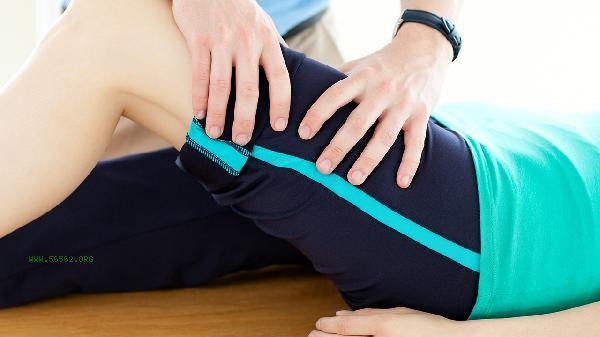
During the acute phase, non steroidal anti-inflammatory drugs such as celecoxib capsules and diclofenac sodium sustained-release tablets can be used according to medical advice to alleviate pain and swelling. Severe pain can be treated with short-term analgesics such as tramadol tablets. In terms of traditional Chinese medicine, blood activating and stasis removing drugs such as Yunnan Baiyao Capsules and Dieda Pills can be used, but they must be used under the guidance of a doctor to avoid interaction with other drugs.
5. Rehabilitation training
After removing the fixation, rehabilitation training should be carried out gradually. In the early stage, pendulum movement and passive joint activity were the main methods, while in the middle stage, resistance training with elastic bands was added. In the later stage, the strength of the rotator cuff muscle group was strengthened. The entire rehabilitation process takes 6-12 weeks, and athletes may require even longer time. Pain during training should be immediately stopped and rehabilitation physicians should be consulted to adjust the plan. After the reduction of shoulder dislocation, it is important to pay attention to dietary adjustments and consume foods rich in high-quality protein and calcium, such as milk and soy products, to promote tissue repair. During the rehabilitation period, avoid lifting heavy objects and vigorous exercise. Use pillows to support the affected limb during sleep. Regularly review and evaluate the recovery status, and prevent osteoporosis in middle-aged and elderly patients. If there is abnormal pain or a feeling of re dislocation, immediate medical attention should be sought, and preventive surgical intervention may be considered for repeated dislocation.
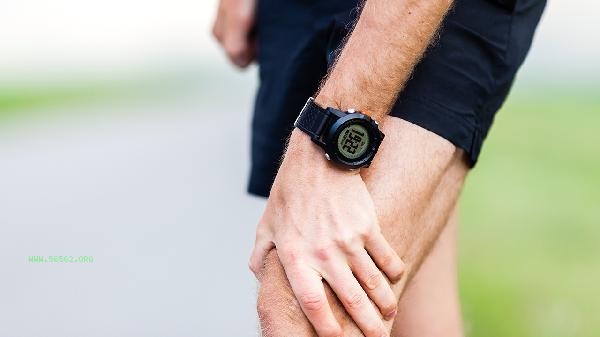

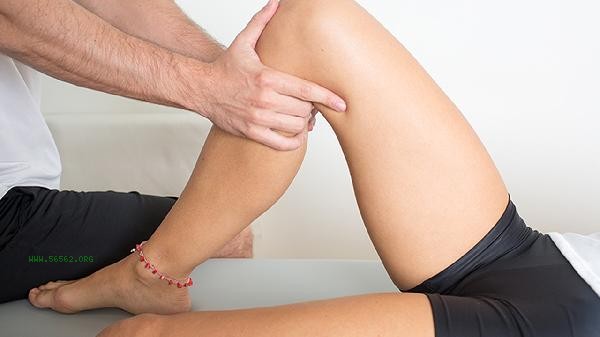
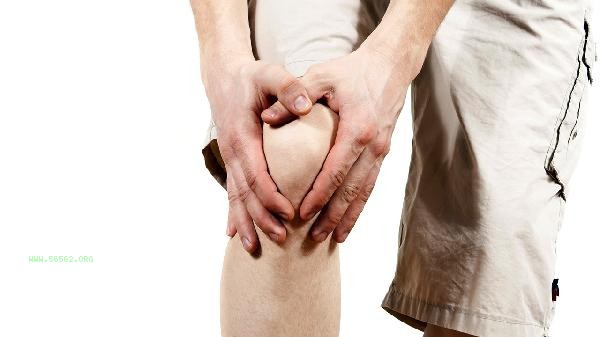

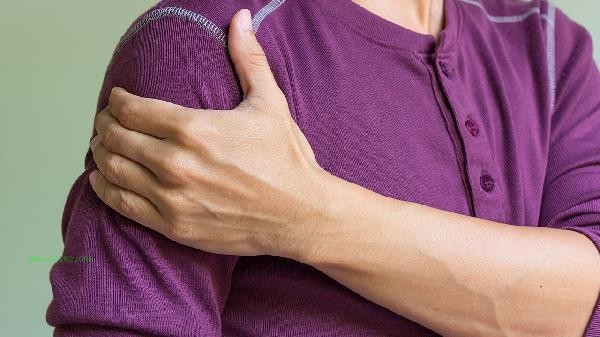
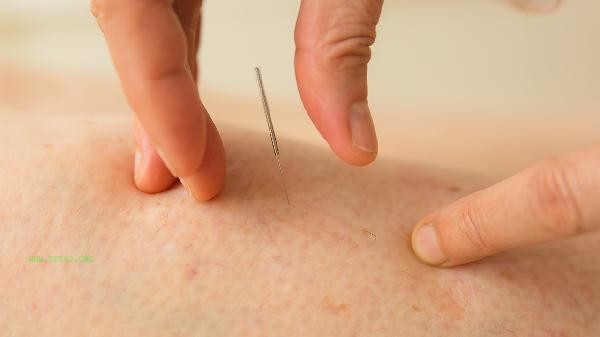


Comments (0)
Leave a Comment
No comments yet
Be the first to share your thoughts!